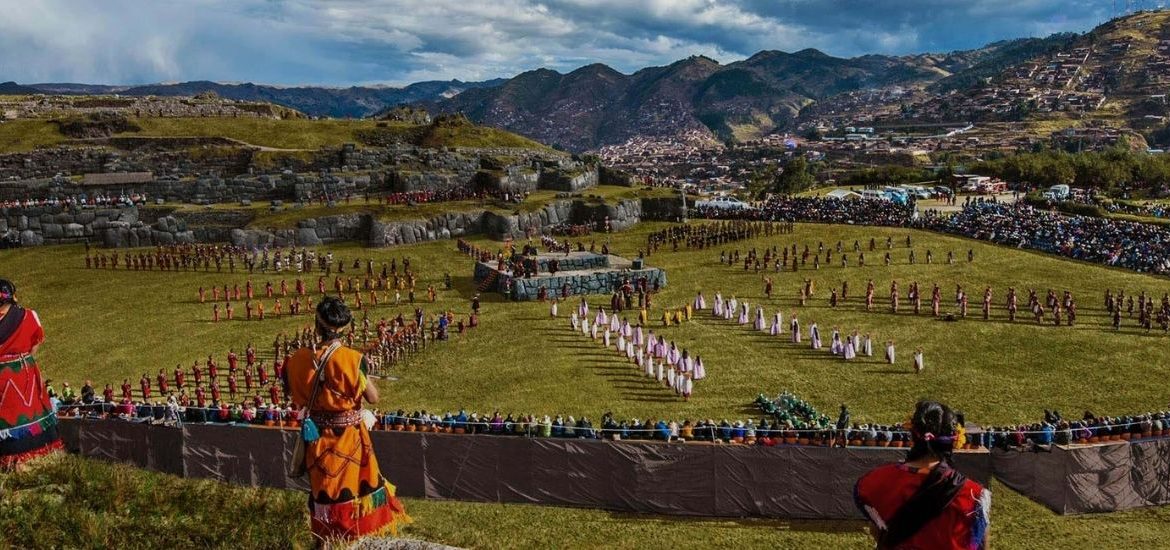It is also known as the “Festival of the Sun” and is the most important event in the Andes, having been abandoned by the strong Inca Empire. Despite the extermination of idolatries mandated by the Spanish crown during colonization, this well-known South American festival has been celebrated for generations.
This famous event is celebrated every 24th of June, particularly in Cusco City, with a “short” recreation of what the ritual was like during the Inca days. The Inti Raymi draws thousands of foreign and national visitors with its vibrant cultural expression, which features hundreds of dancers, musicians, and actors performing one of the Inca culture’s most important traditions.
However, there is a lot more to learn about this magnificent festival, and we’ve compiled a list of some must-know historical facts.
Why Was The Inti Raymi Celebrated?
The Sapa Inca Pachacuti established the Festival of the Sun in 1412 A.D. to remember the winter solstice and the Sun God, who was revered and adored as the sole universal god, as well as to celebrate the Inca New Year. It also represented the Inca people’s mythical origins, since they identified as descendants of the first Inca, Manco Cápac, and Mama Ocllo, both of whom were known as Children of the Sun.
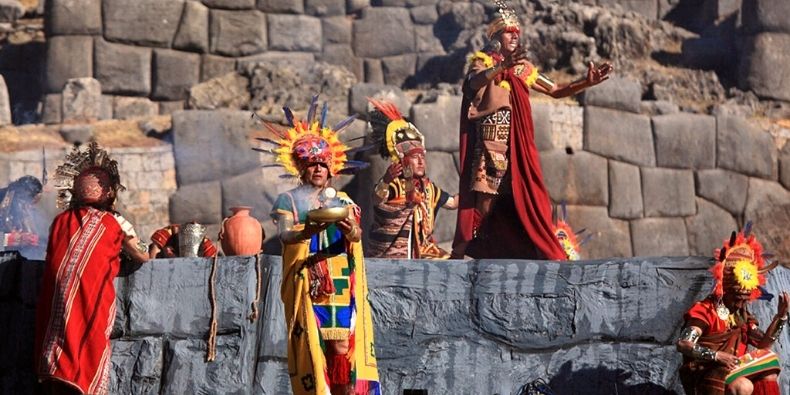
According to chroniclers, the Inti Raymi was formed with three goals in mind: to express appreciation to the Sun God, to respect the memory of the early Inca kings, and to celebrate the empire’s people. Although it is primarily a religious celebration, it also displayed the hierarchy between the common people and the Inca elite, as well as their distance from the rest of the population as a result of the festival’s luxuriousness.
However, it is possible that this festivity became a popular characteristic across the empire since all the nations celebrated the Inti Raymi simultaneously as it happened in Cusco; and the celebration was even bigger wherever the ruling Inca was located at that moment.
The Inti Raymi During Inca Times
According to the chroniclers, this cultural celebration gathered together numerous Andean groups to praise the Sun God and Tahuantinsuyo. Participants wore showy, colorful gold and silver costumes, and each country sent musicians, singers, actors, and dancers. Inti Raymi was celebrated throughout the empire, and while participation was not required, the principal monarchs felt compelled to participate or send representatives.
The common people rejoiced from afar and inside their own towns, as travel between provinces was banned. Inti Raymi was a fundamentally religious festival where the Inca, as the Son of the Sun, acted as High Priest, initiating the ceremonies from Huacaypata Square (now Cusco main square).
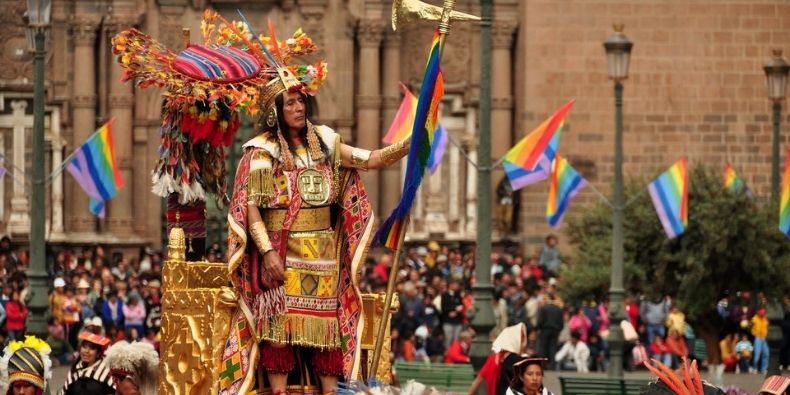
At dawn, more than three hundred people sang in harmony to greet the Sun God. The festivities included adorations at the Coricancha Temple and the sacrifice of over 100 animals to honor the Sun God, Viracocha, and the God of Thunder. The Incas would extinguish all fires in the city and create new ones using the sun’s rays, burning sacrifices, and roasting meat.
The festival featured prayers, songs, dances, sacrifices, and toasts, along with a procession displaying the mummies of the kings. The celebration ended with a large bonfire consuming the offerings, scattering the ashes in a sacred place. The festival concluded with rulers returning to their lands. Chroniclers differ on the festival’s duration, ranging from 8-9 days to a month. Although banned in 1572 by Viceroy Francisco de Toledo, the festival’s memory persisted and continued to be celebrated secretly.
The Inti Raymi Today
Nowadays, the Inti Raymi is the second largest celebration in South America, just below Rio’s Carnival in Brazil, and though it is widely celebrated by different Andean communities, it wasn’t until 1944 that the ancient ritual was recovered from oblivion and unveiled to the world.
Faustino Espinoza Navarro and Humberto Vidal Unda recreated the Inti Raymi ritual right off from the Comentario Reales de los Incas book written by Inca Garcilaso de la Vega, born of the first generation after the Spanish conquest.
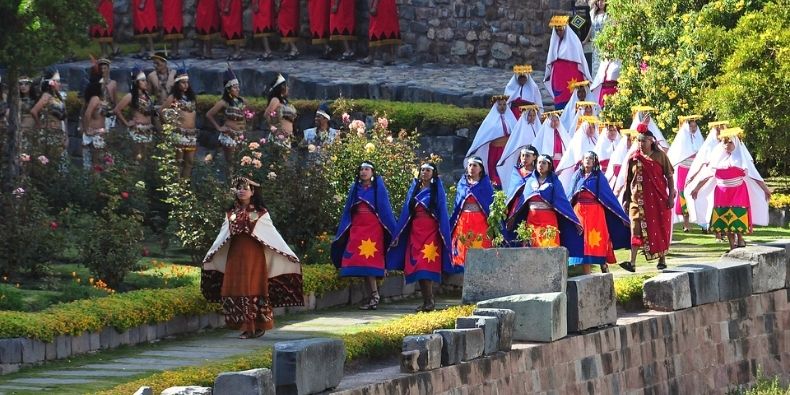
They wrote the first theatrical script of this important celebration for 600 actors. Fausto gave life to the Inca for 14 consecutive years, and now it continues as one of the most significant celebrations in the Cusco region, attracting visitors from all around the globe.
The Inti Raymi was declared Cultural Heritage of Peru and Ritual Ceremony of National Identity in 2001. It is currently celebrated every June 24th in several locations within Cusco city such as the Qorikancha Temple, Plaza de Armas of Cusco, and the Ceremonial Fortress of Sacsayhuaman.
How Can I Go to the Inti Raymi?
The Inti Raymi festival, held on June 24th during Peru’s peak tourist season, draws visitors globally. To fully experience this cultural spectacle, arriving early at one of the three venues is recommended. While there’s no entrance fee as the ceremonies occur in public spaces, the main ritual at Sacsayhuaman Archeological Site offers ticketed viewing options.
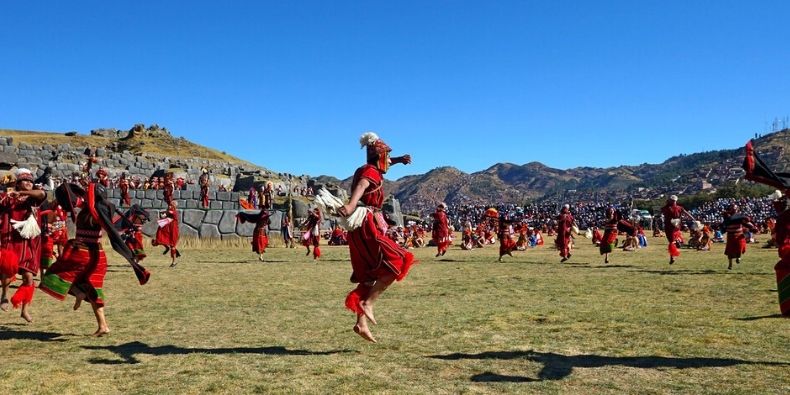
Viagens Machu Picchu can get you a spot in the Inti Raimy with our packages to Cusco and other Peruvian destinations. Immerse yourself in Inca history and culture with us.
Viagens Machu Picchu, journeys that inspire, moments that last.

